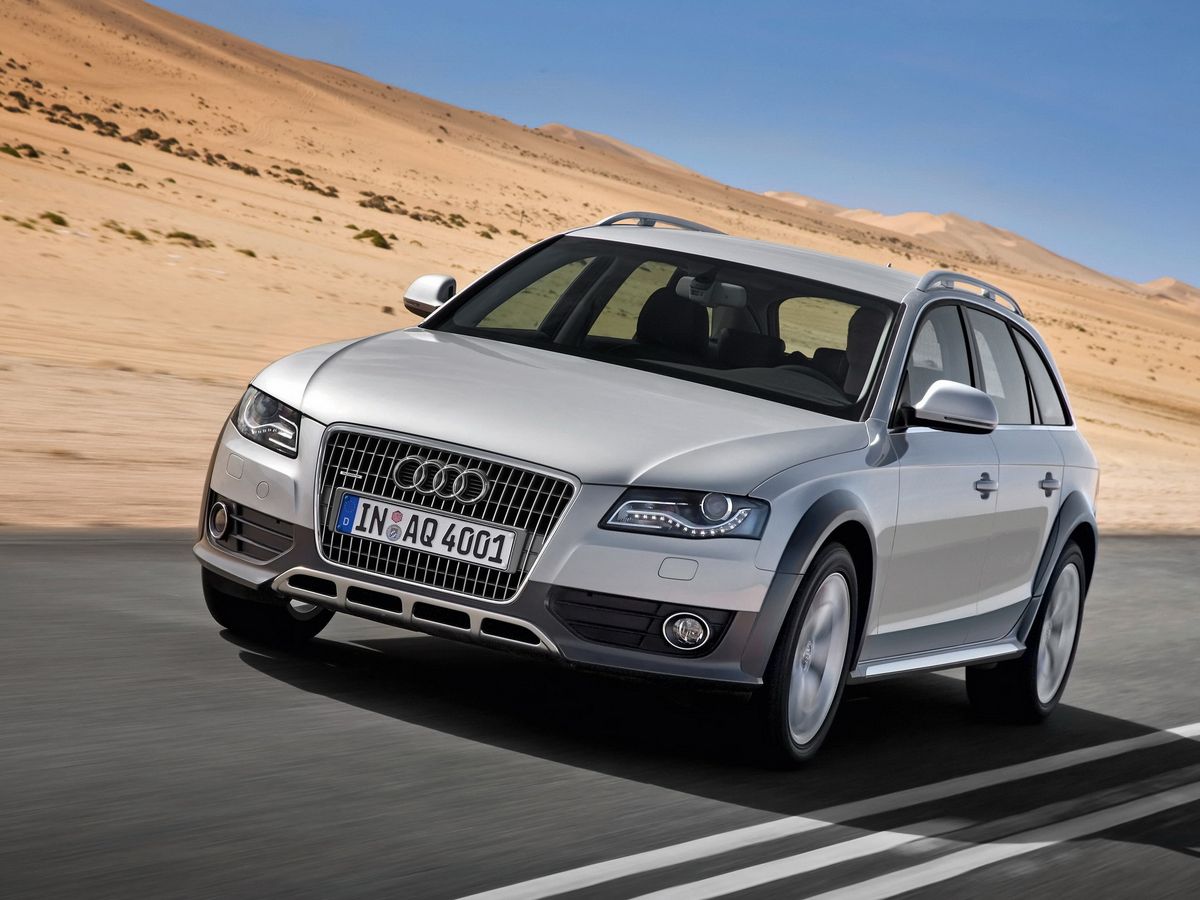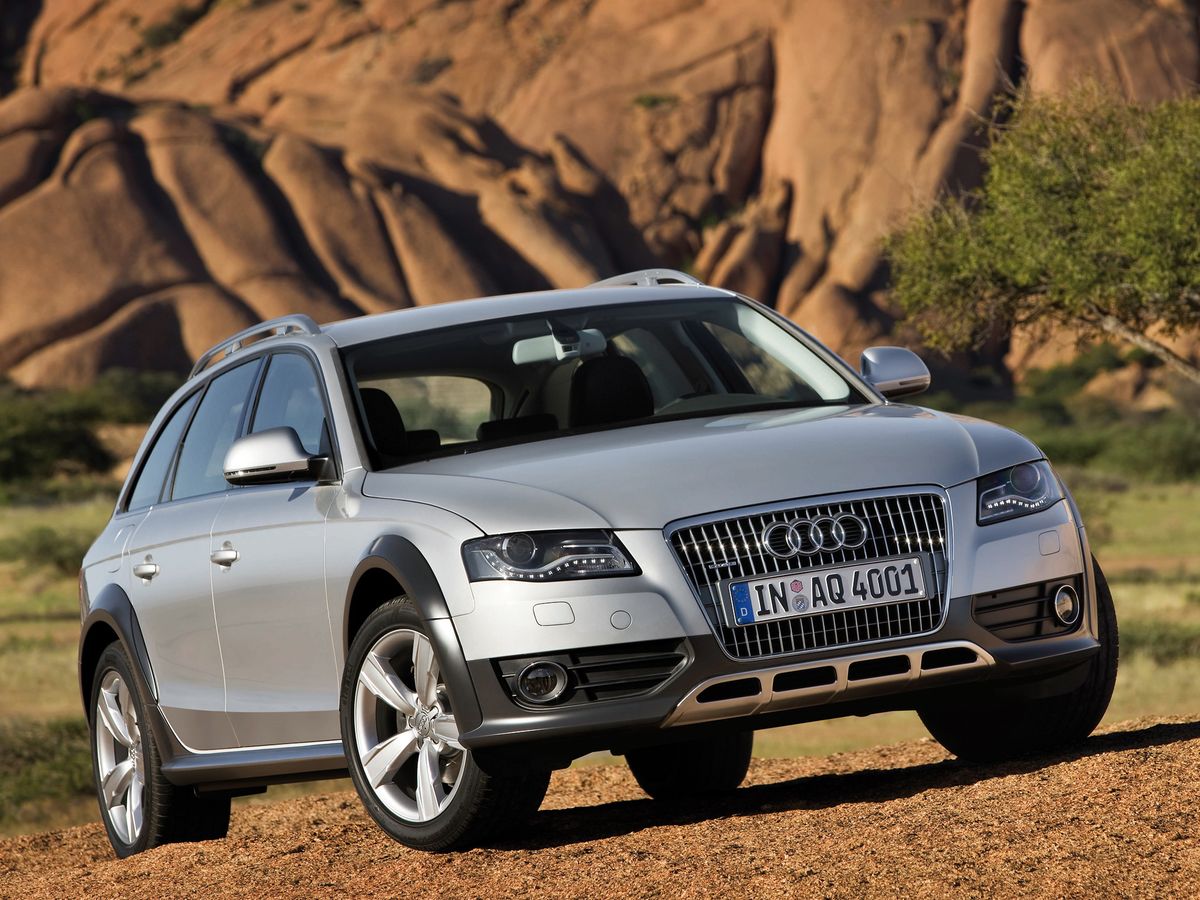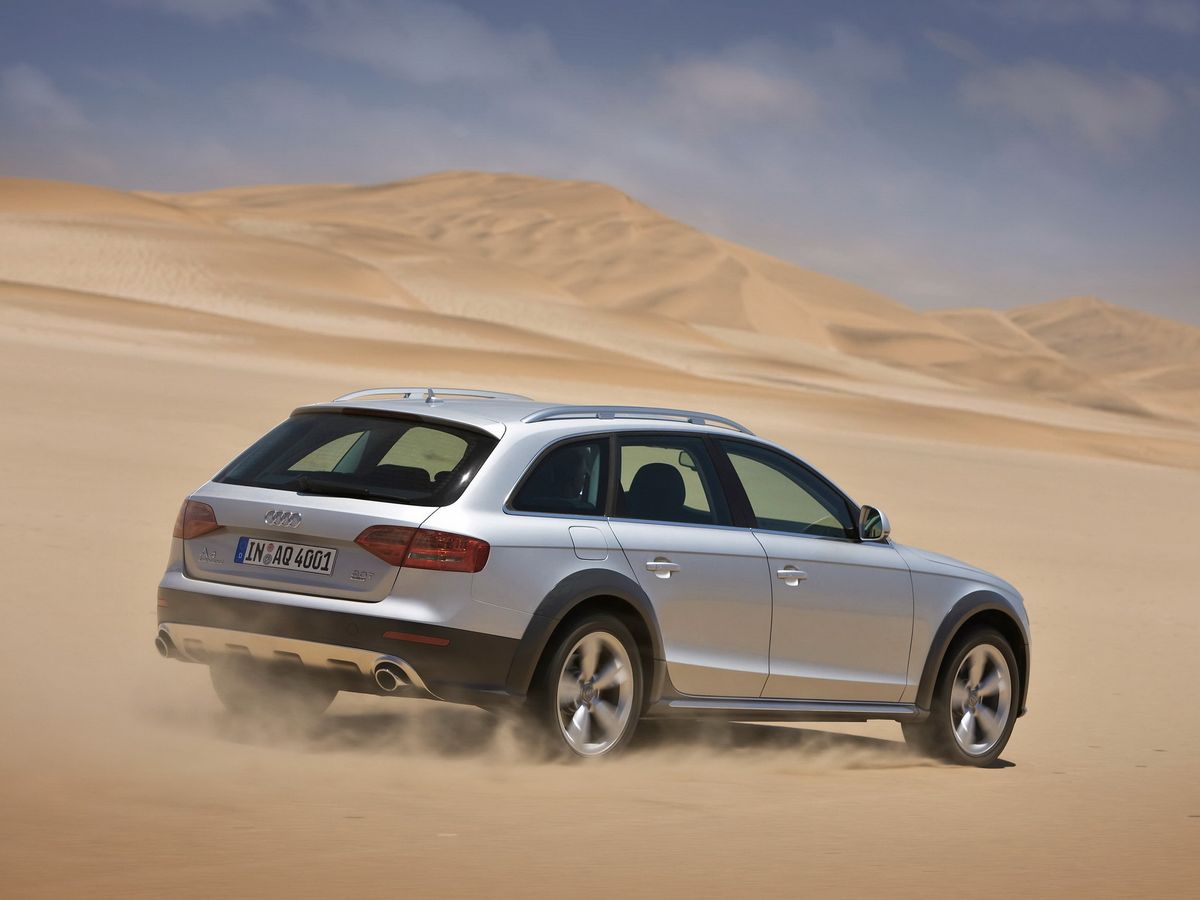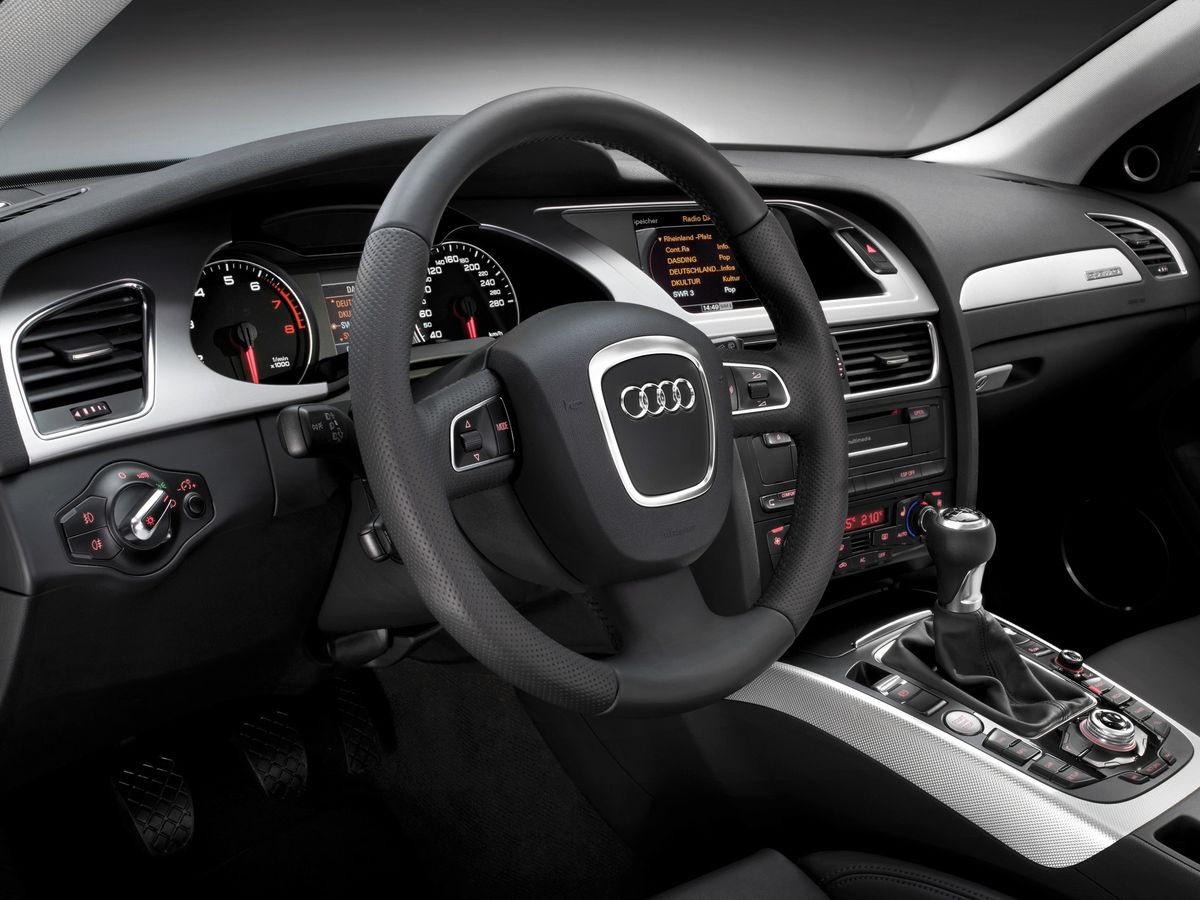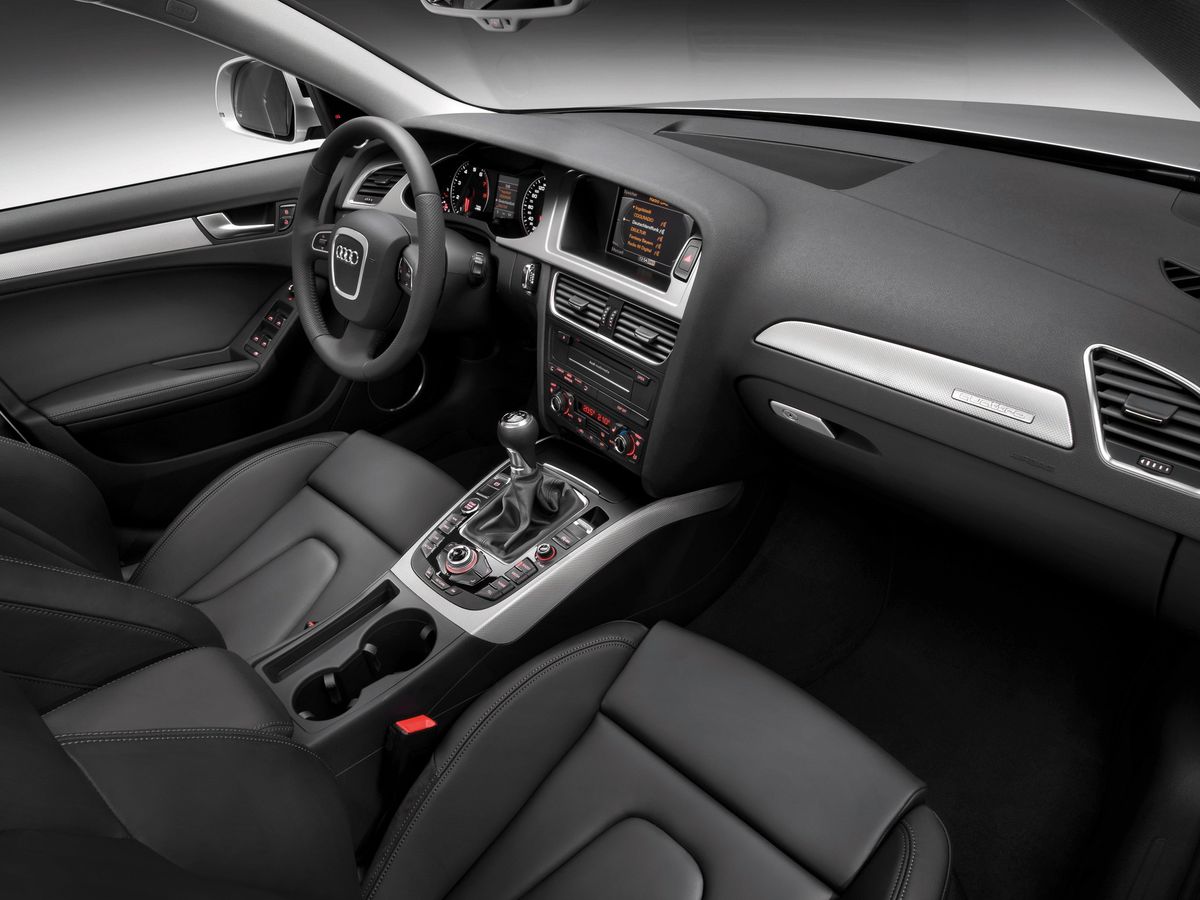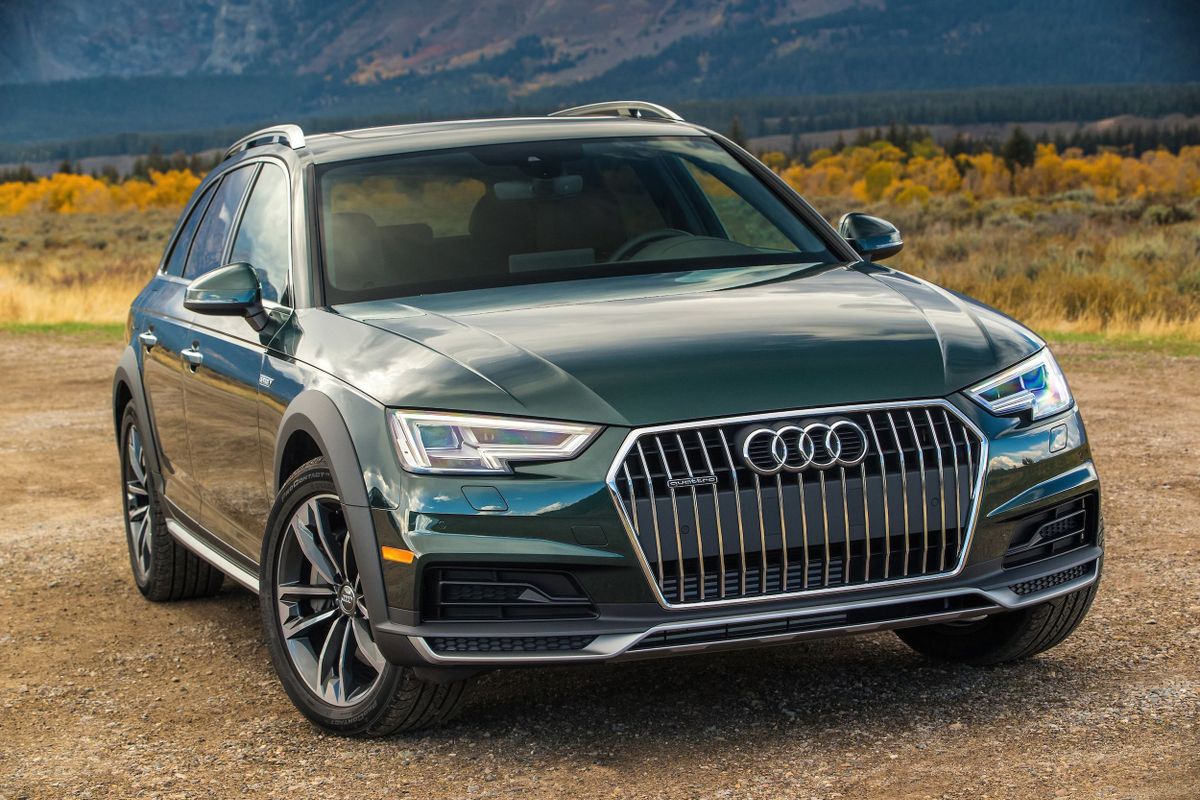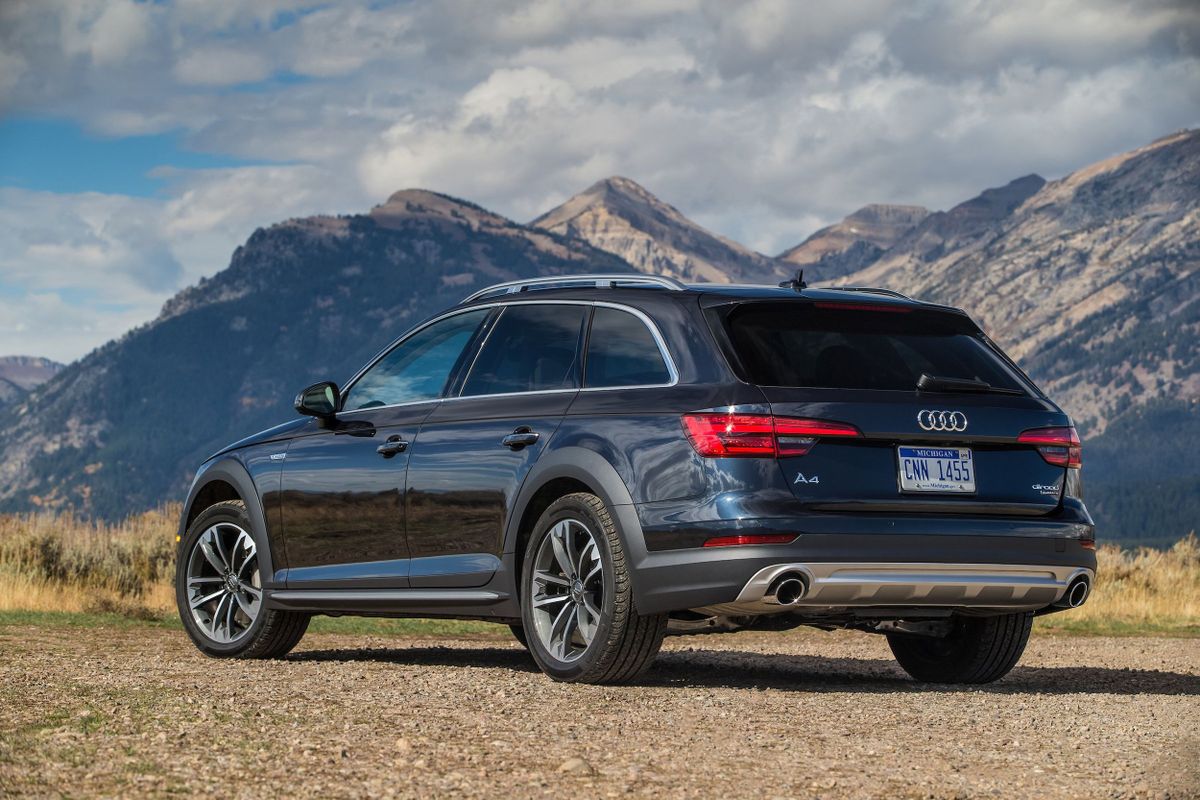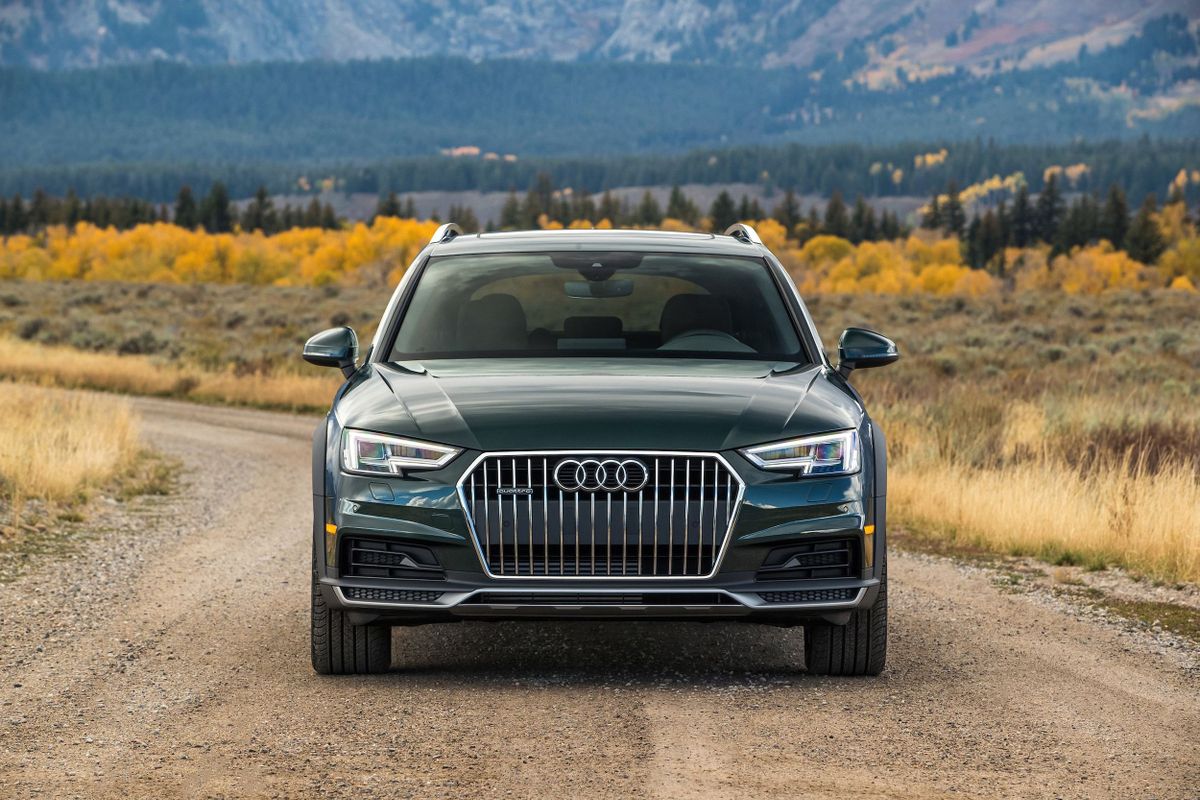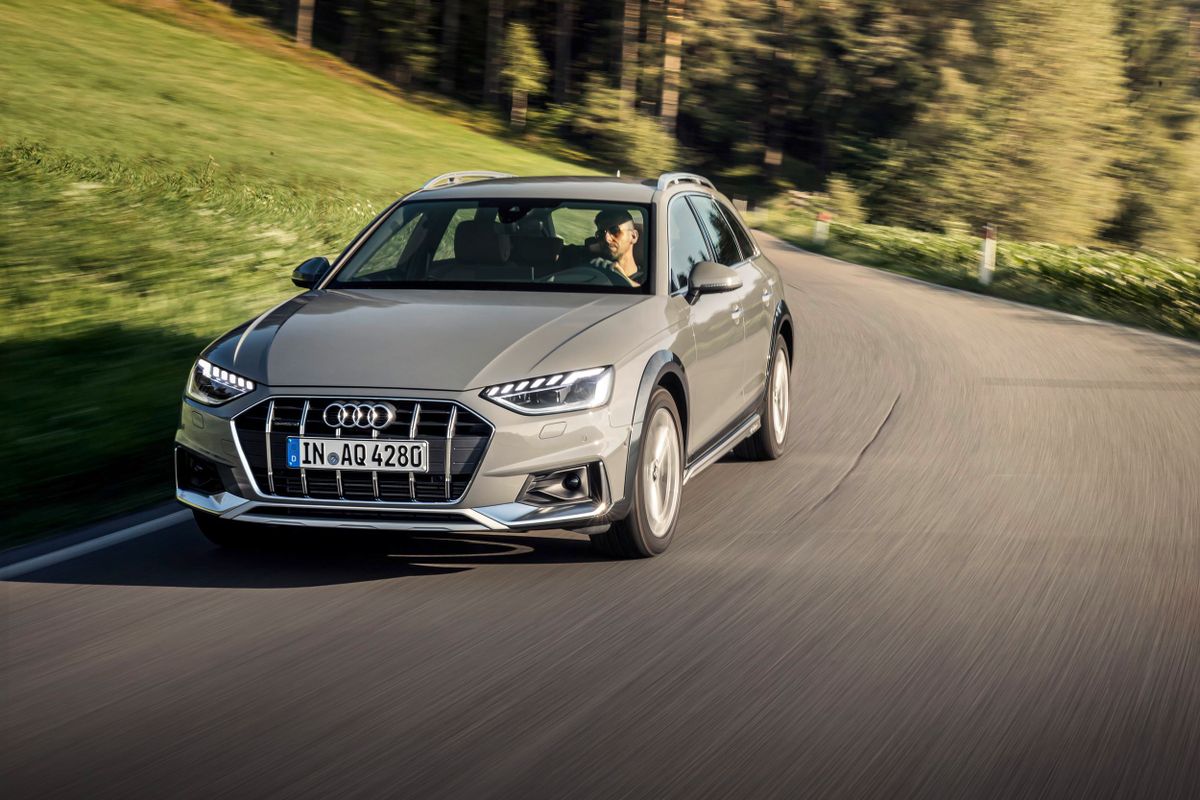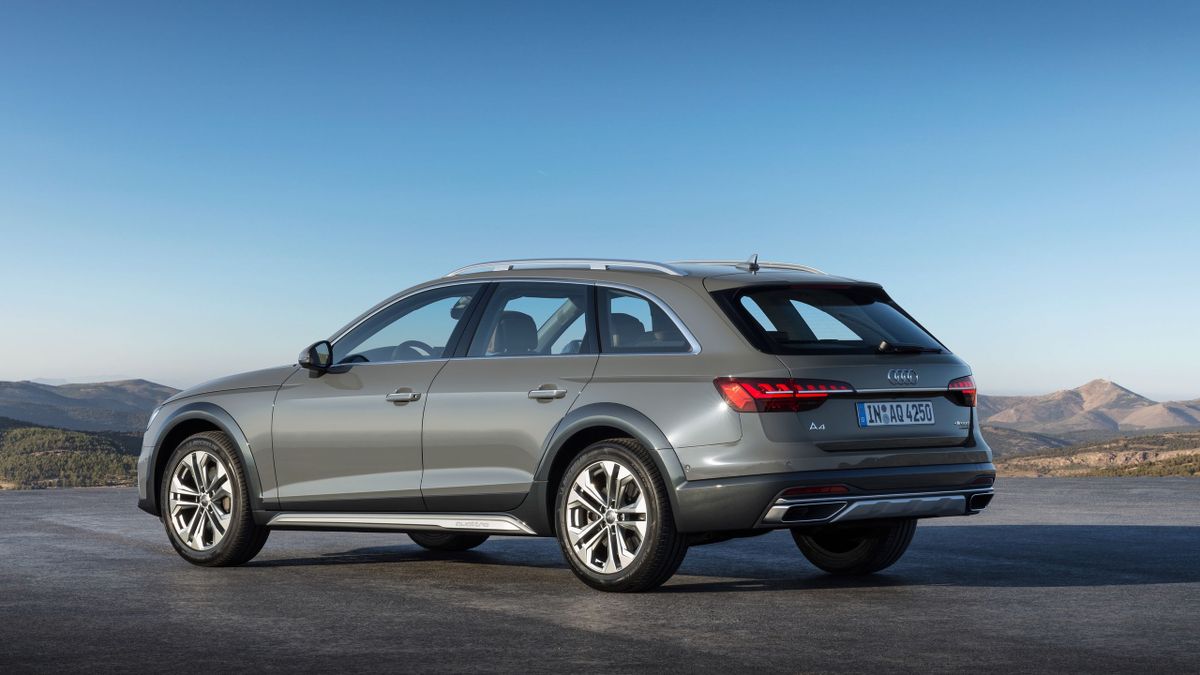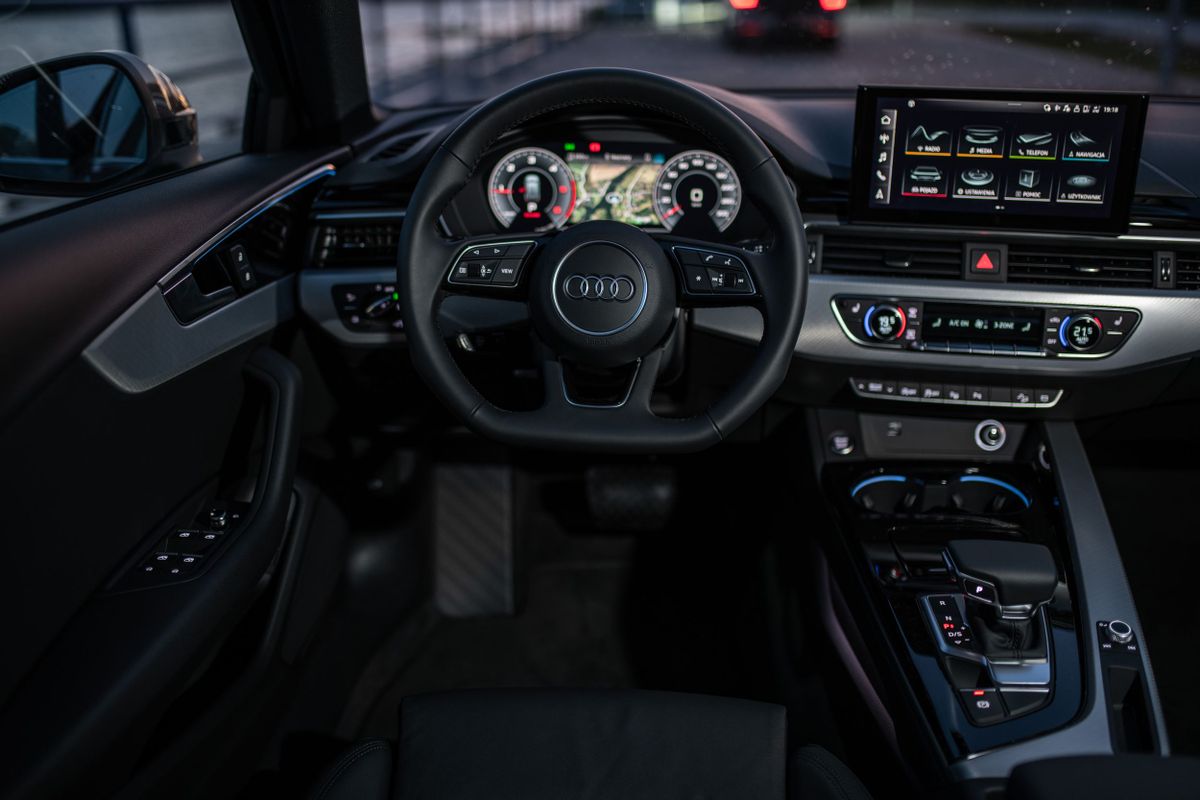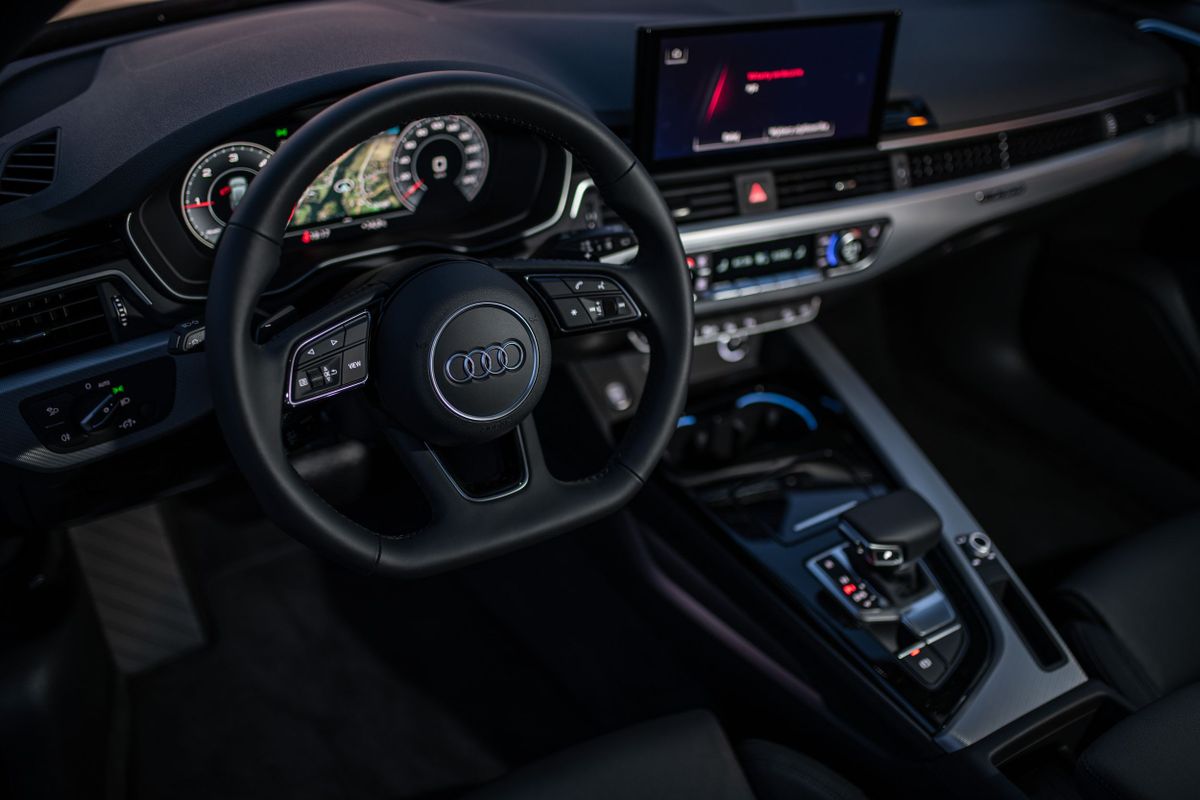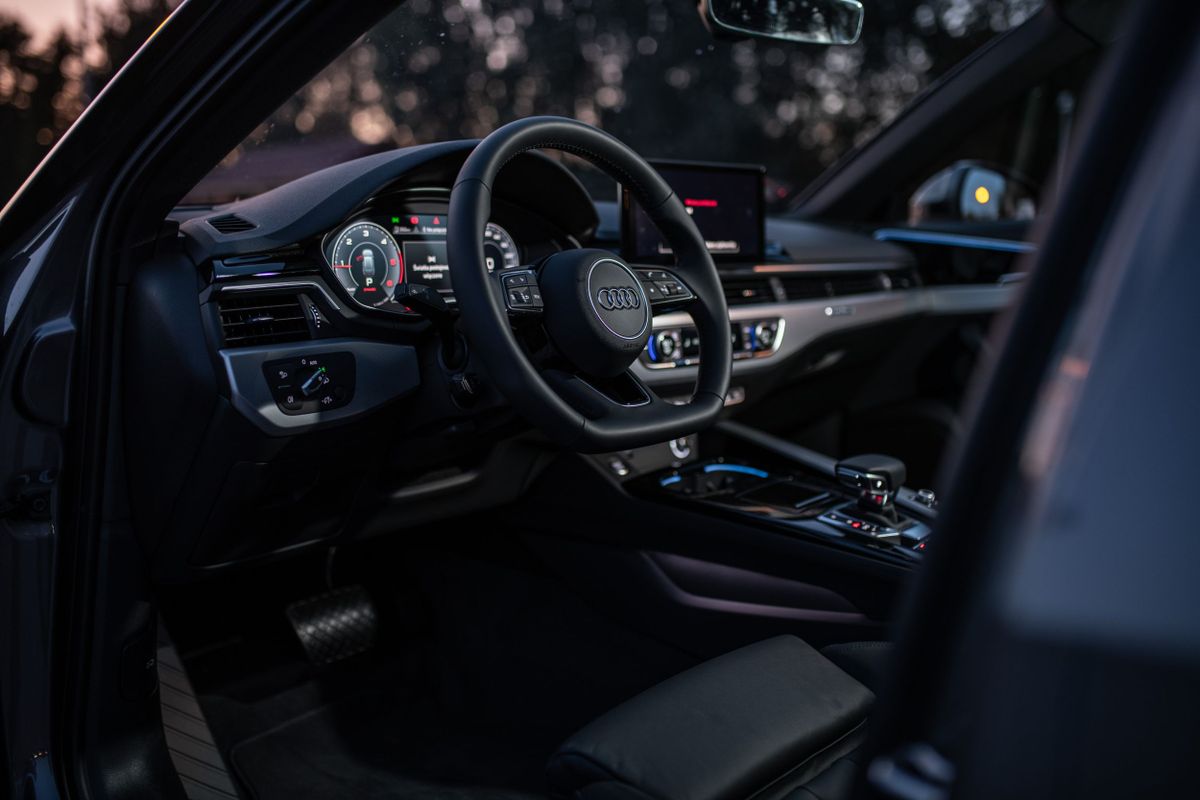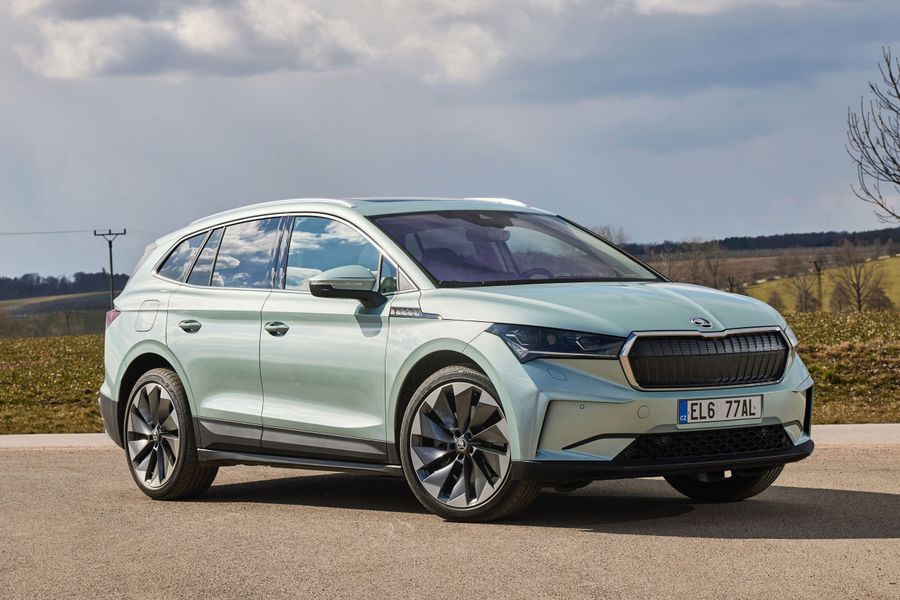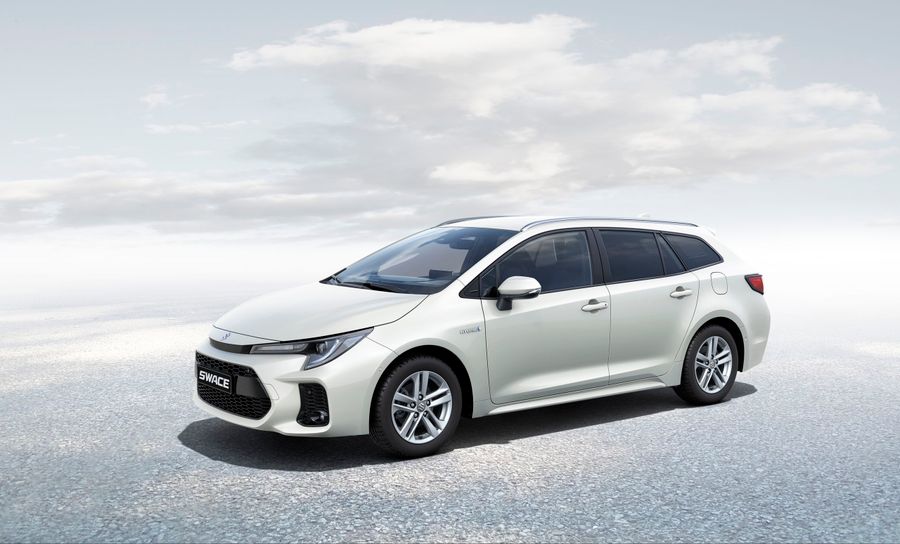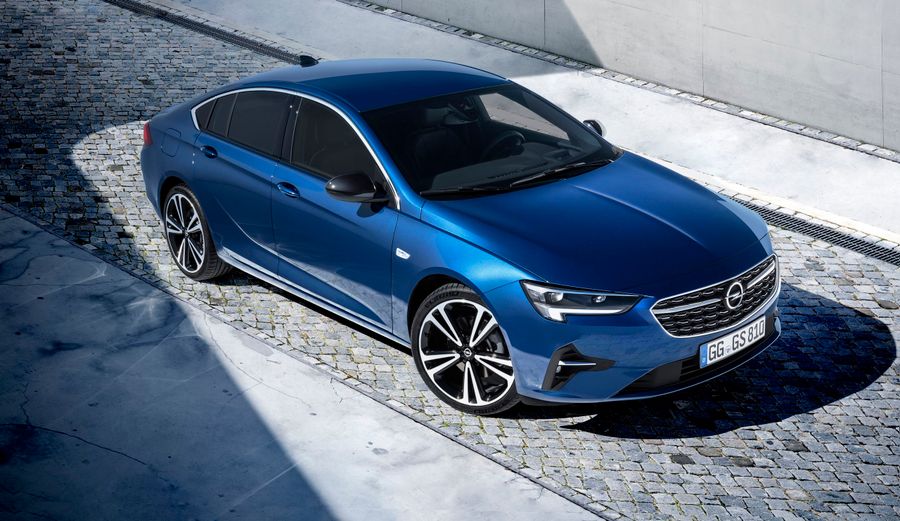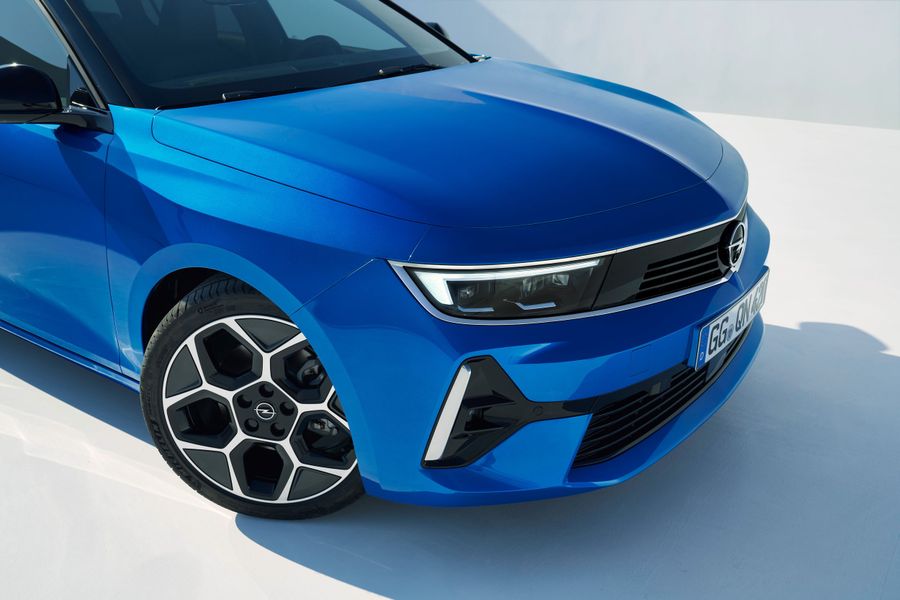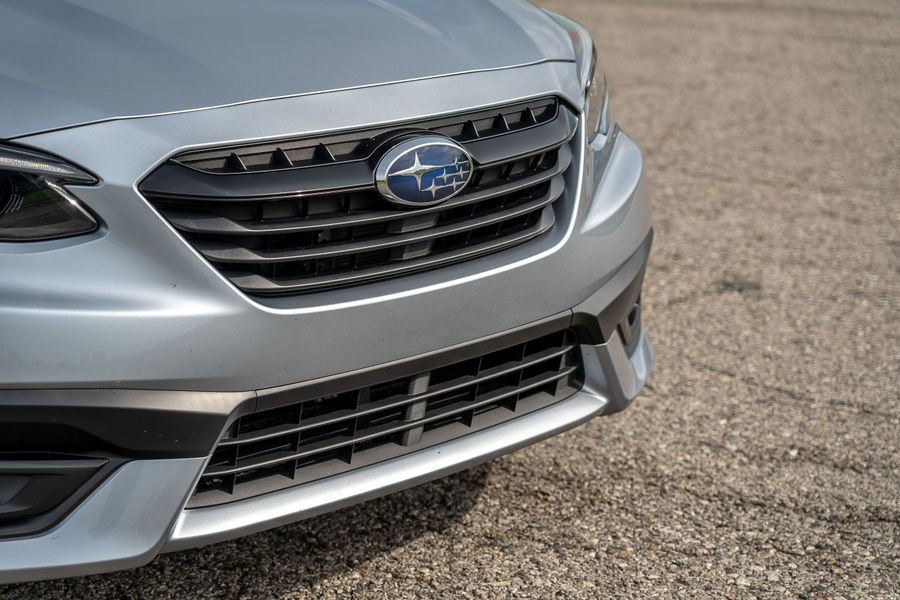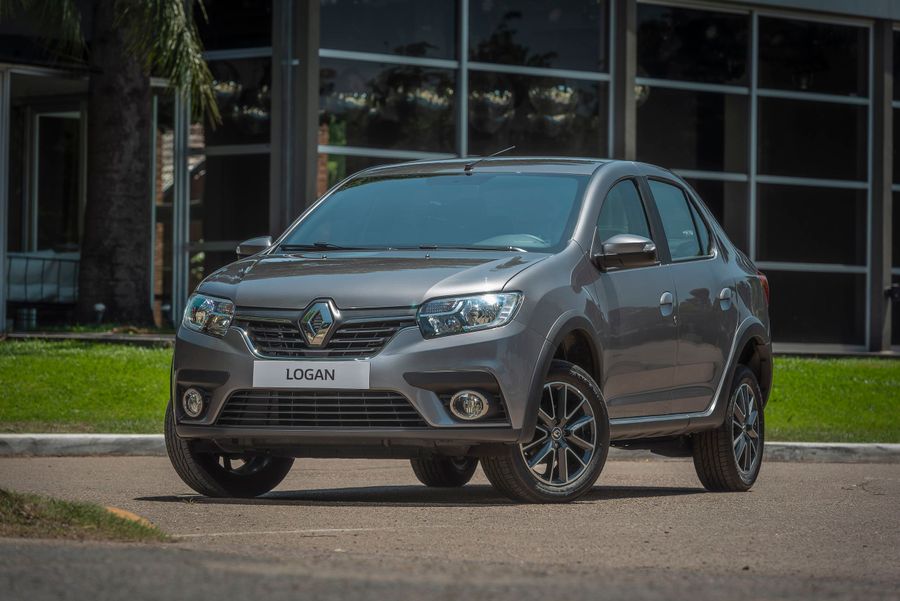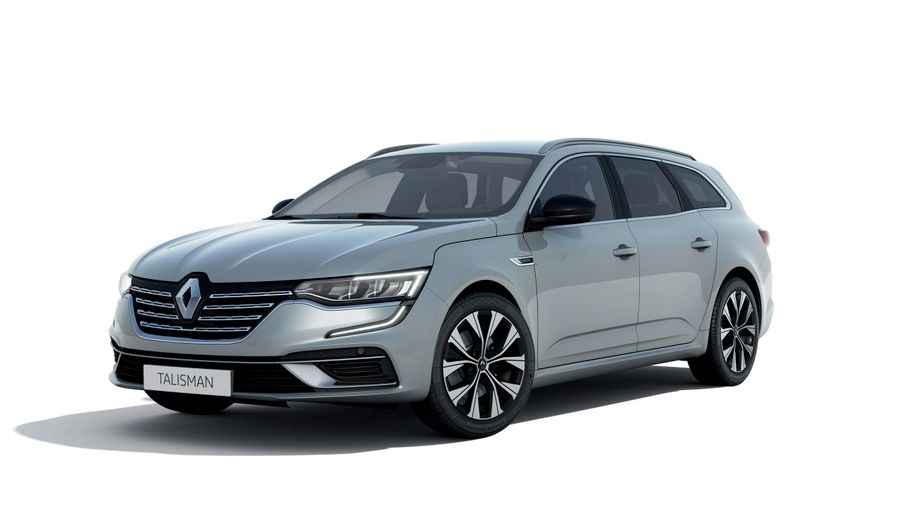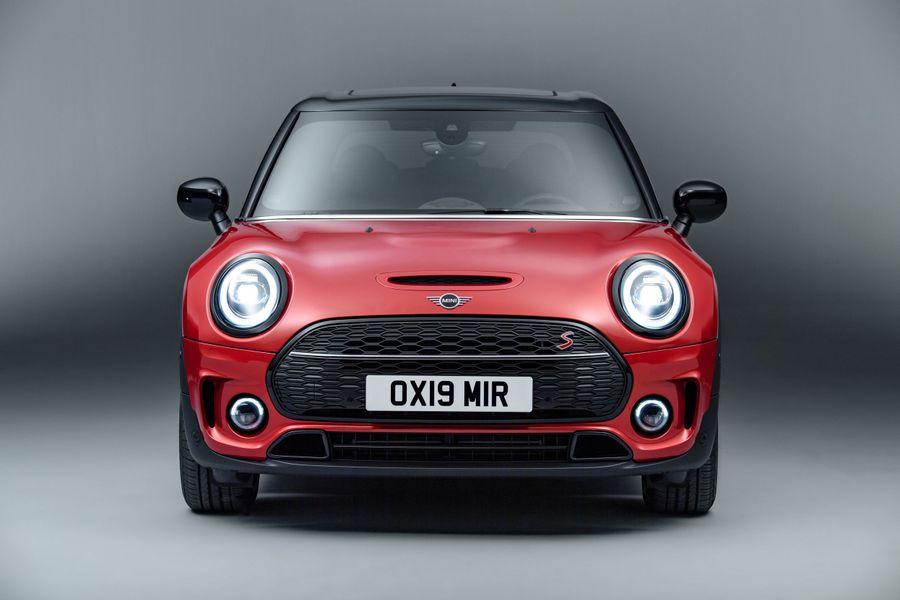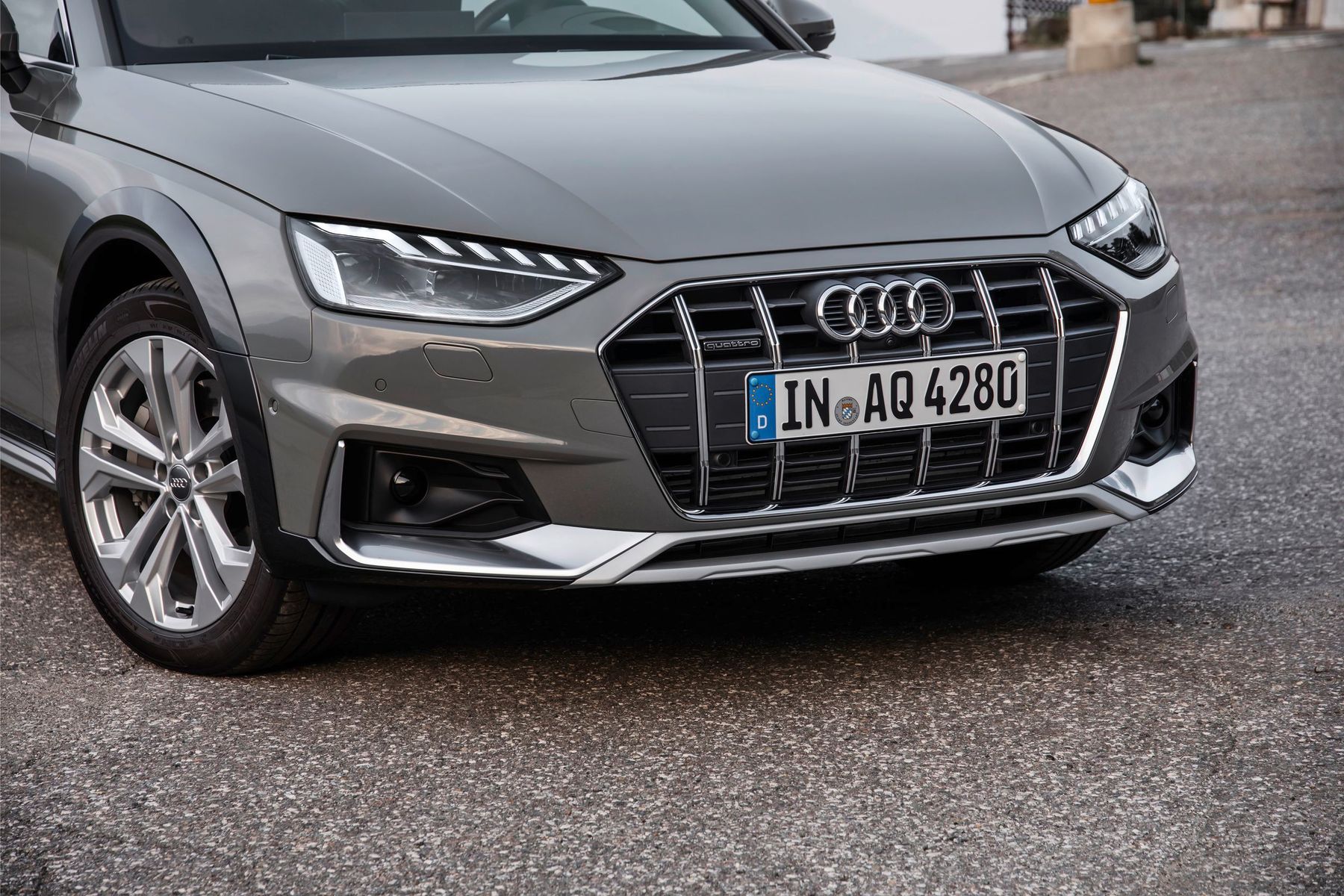
All roads for the German wagon
The Audi A4 Allroad Quattro is an estate, an off-road version of the Audi A4 Avant. It has been produced since 2009. The cross-modification differs from the original model by the all-wheel drive transmission, air suspension, increased ground clearance, as well as wider front and rear fenders covered with plastic protection.
The first production
It was produced from May 2009 to mid-2016, and was restyled in 2011. The estate was 4,721 mm long, 1,841 mm wide and 1,495 mm high, with the wheelbase of 2,805 mm. Another advantage was the adjustable ground clearance. There were 4 adjustments, while the minimum value was 142 mm, and the maximum value was 206 mm. Thanks to the air suspension settings, the distance from the under body to the roadway was automatically reduced when accelerating. This helped to reduce air resistance and improve the vehicle’s overall stability. Among other technical wonders, the car had an optional reduction gearbox.
The first Audi A4 Allroad looked more severe than its original Avant. The car came standard with 17-inch alloy wheels, and it could also be optionally equipped with 18-inch or 19-inch wheels. Off-road features that emphasized the estate’s image included a large radiator grille with vertical chrome strips, anodized aluminum roof rails, plastic protective body kits on the wheel arches, sills and lower parts of the bumpers, stainless steel inserts in the sill extensions, door sills with allroad quattro lettering. The interior was designed in compliance with the same traditional Audi premium level, featuring elegant black or gray upholstery fabric and pleasantly looking inlays in aluminum or wood.
The Audi A4 Allroad Quattro was equipped with a 2-liter turbocharged petrol direct injection TFSI engine. The models produced from 2009 to 2013 could develop the maximum output of 211 hp. The car could be equipped with a 6-speed manual transmission and a 7-speed S-tronic automated gearbox. Acceleration to 100 km/h occurred in 6.8 seconds, and the maximum speed reached 230 km/h. In 2013, engine power was raised to 225 hp, while the fuel consumption decreased by 0.2 liters for both transmission and was about 7 liters per 100 km in the combined cycle. The car also had a 2 L turbocharged diesel engine (143-190 hp) and a more powerful 3.0-liter V6 engine (240-245 hp).
The first Allroad featured the classic Audi Quattro permanent all-wheel drive system with asymmetric dynamic torque distribution, depending on the road conditions. Quattro interacted with the ESС and was supplemented with the Offroad Detection pavement recognition system, which made it possible to change the differential operation algorithm, allowing slight skidding on slippery surfaces and prolonged blockages when descending. The list of equipment was traditionally very long, offering advanced security systems, including a parking assistant with front and rear sensors, a rear view camera, automatic parking and lane keeping assit systems, adaptive cruise control. Audi connect made it possible to use online services.
The second generation
The second generation has been produced from 2016 to the present (as of 2021). During its development the creators used the same principle as the first time. Thus, the new model features a dark plastic body kit, increased ground clearance (by 34 mm, of which 11 mm belong to high-profile tires), a roof crowned with massive luggage rails that added 59 mm to the height of the car (1,493 mm). Electronically controlled shock absorbers are optional. The driving settings menu now has an offroad mode that operates on its own algorithms for the operation of the powertrain, gearbox, ESP and traction control.
As before, the 2016/2017 Audi A4 Allroad is equipped with a 2-liter TFSI petrol engine (up to 252 hp). There are also five versions with two turbocharged diesel engines: a 2.0 TDI develops 150, 163 or 190 hp, and a 3-liter TDI 6-cylinder engine produces 218 or 272 hp. Moreover, just as before, it is hard to imagine the Allroad without quattro all-wheel drive. The car has acquired an 8-speed automatic transmission, which comes with the most powerful engine, while the rest of the modifications work with the 7-speed S tronic transmission, and the junior diesel engine comes with a 6-speed manual transmission.
2019 restyling
Audi decided to properly restyle the estate. So, in 2019, almost all body panels were changed! Of course, the car also received new optics: LED headlights and optional matrix optics. The new Audi A4 Allroad carries vertical bars in the radiator grille, and the S line version has a honeycomb pattern.
The interior of the 2019/2020 Audi A4 Allroad sports the latest generation MMI media system with a 10.1-inch screen, it is touch-sensitive, so there is no longer any control ‘plate’, which was replaced by a pocket for keys and gum. You can also give commands to the multimedia system by voice, it will understand, and its functionality can be expanded with new features. The entry-level version comes with analog devices, but for an additional charge you can order a 12.3-inch digital dashboard and a head-up display.
Audi revised the engine range a year earlier and equipped the estate with five engines. As before, there is only one petrol engine, namely a 2.0-liter turbocharged direct injection TFSI engine with three degrees of boost (150 hp, 190 hp or 245 hp). All variants are complemented by a 12-volt starter generator, which reduces fuel consumption by about 0.3 l/100 km.
There are also diesel engines, including a 2-liter engine (190 hp) or 3.0-liter V6 engine (231 hp). A little later, the range has acquired a 2.0 TDI engine with 136 and 163 hp, which also has a 12-volt starter-generator attached. The manual transmission remains only in the younger petrol version, other modifications feature a 7-speed S tronic transmission, and the top-end V6 diesel engine is paired with an 8-speed automatic transmission. The 2020/2021 Audi A4 Allroad is offered with four suspension options: standard, sports, adaptive (the ground clearance is reduced by 10 mm), and for those who want more, there is also an adaptive sports suspension. The latter option somewhat reduces the high (in the literal sense) purpose of the car to conquer any roads, especially bad ones.


